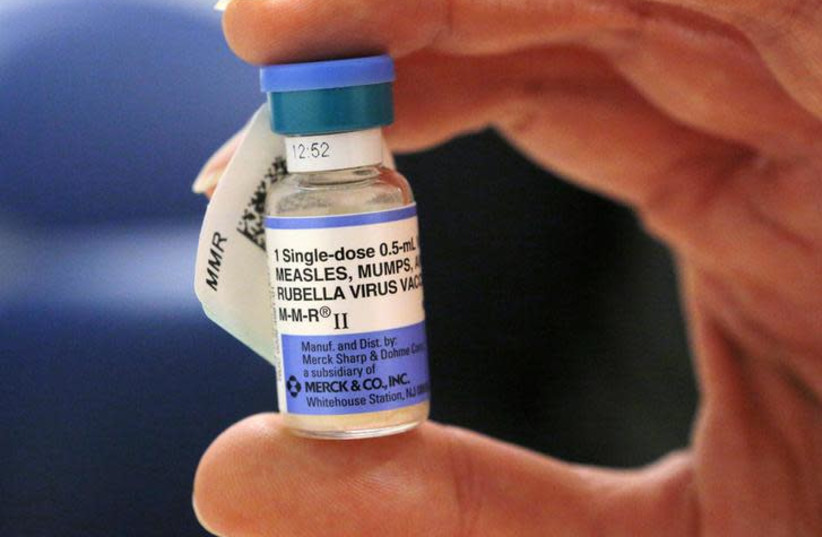More than half the world's countries will be at high or very high risk of measles outbreaks by the end of the year unless urgent preventative measures are taken, the World Health Organization warned on Tuesday.
Measles cases have been increasing across most regions mainly due to missed vaccinations during the COVID-19 years when health systems were overwhelmed and fell behind on routine vaccinations for preventable diseases.
"What we are worried about is this year, 2024, we've got these big gaps in our immunization programs and if we don't fill them really quickly with the vaccine, measles will just jump into that gap," the WHO's Natasha Crowcroft, a Senior Technical Adviser on Measles and Rubella, told a Geneva press briefing.
"We can see, from data that are produced with WHO data by the CDC (US Centers for Disease Control and Prevention), that more than half of all the countries in the world are going to be at high or very high risk of outbreaks by the end of this year."
She called for urgent action to protect children, saying there was a "lack of commitment" by governments given competing issues like economic crises and conflict.

Measles is a highly contagious, airborne virus that mostly affects children under five years old. It can be prevented by two doses of vaccine and more than 50 million deaths have been averted since 2000, according to the WHO.
Cases last year were already up 79% to over 300,000, according to WHO data, - thought to represent just a fraction of the total.
Outbreaks have been reported in all WHO regions with the exception of the Americas although Crowcroft warned that these were to be expected.
Death rates are higher in poorer countries due to weaker health systems, Crowcroft said, adding that outbreaks and deaths were also a risk for middle and high-income countries.
"We had many measles outbreaks around the world and middle-income countries really suffered. And we're worried that 2024 is going to look like 2019," she said.
